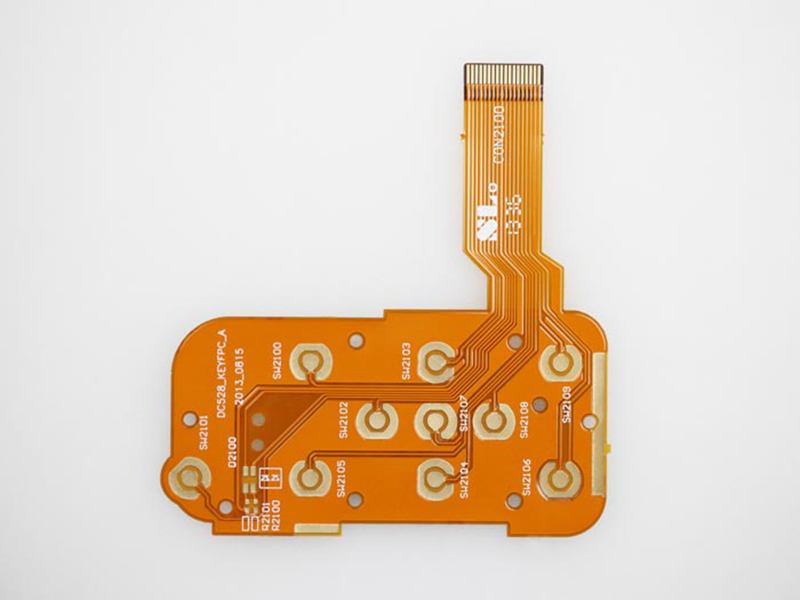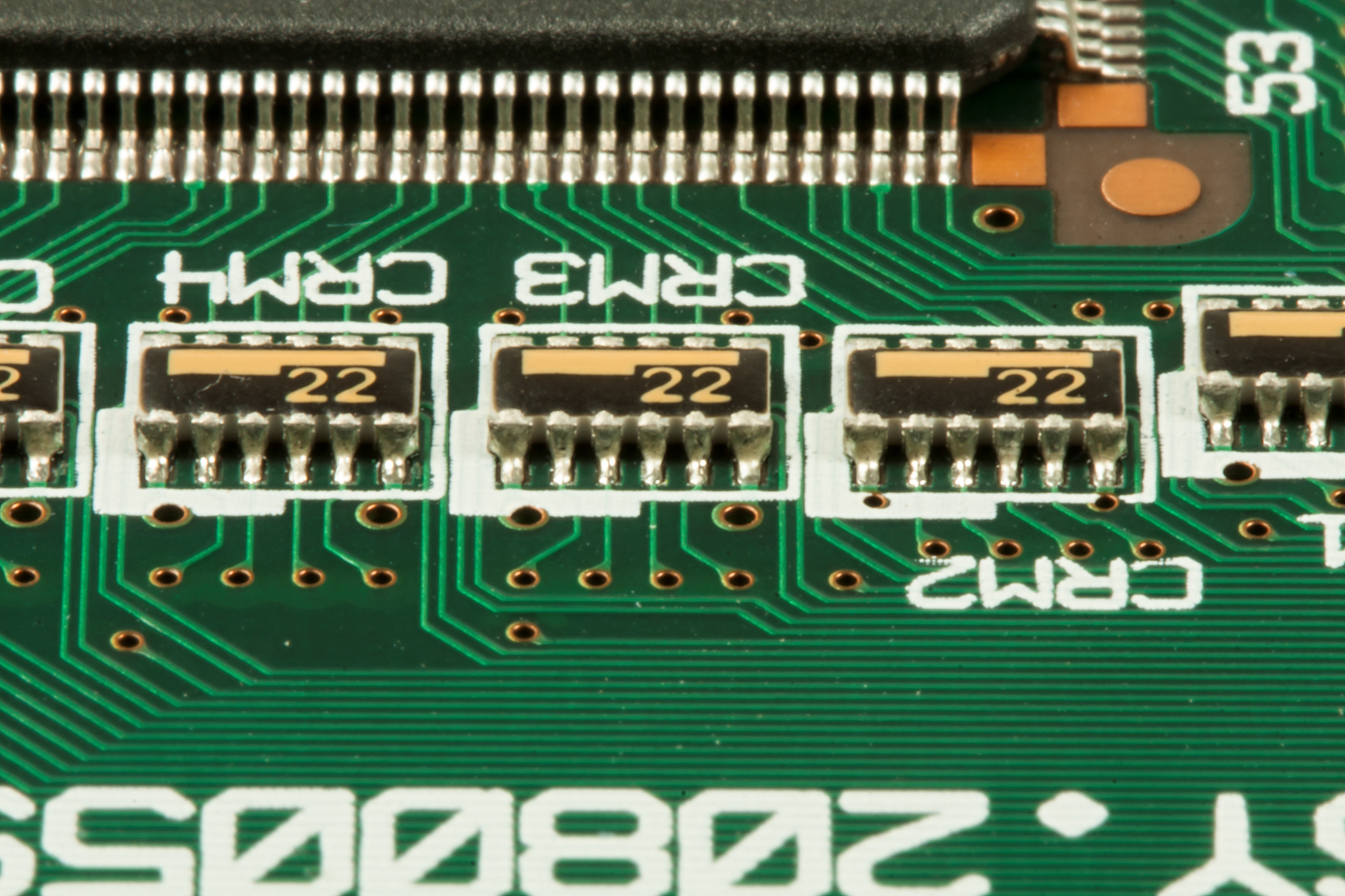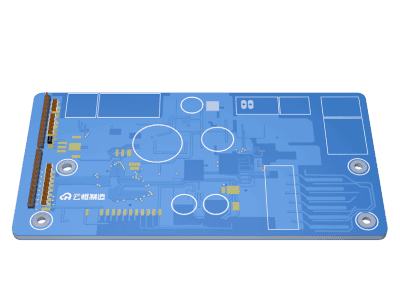Title:TheWorldofElectronicMusicProduction(电子音乐制作人用英语怎么说)
In the world of electronic music production, sound design serves as the cornerstone, encompassing the creation and manipulation of audio signals to generate unique sounds that define a track's identity. This intricate process, which often involves countless hours of tweaking synthesizers, samplers, and digital audio workstations (DAWs), is both an art form and a scientific endeavor.
Sound designers, the unsung heroes of electronic music, tirelessly experiment with oscillators, filters, envelopes, and modulation to birth new sonic elements. They meticulously craft each sound, from the subtle sweep of a pad to the aggressive bite of a lead synth, to align with the producer's vision for the song. This intricate process involves layering multiple sounds together or running audio through complex chains of effects to achieve the desired result.
Once the building blocks of sound are created, the next step is sequencing, arranging these sounds into a cohesive composition. This is where the magic happens, as producers determine the structure of their tracks, deciding which sounds go where and how they will interact over time. The arrangement phase is crucial as it shapes the narrative arc of the music, guiding the listener's emotional journey. Sequencing software allows producers to program and edit patterns of notes, rhythms, and chord progressions, experimenting with different song forms.
After the song is arranged, the focus shifts to mixing, which involves balancing and blending all the individual tracks to create a polished, three-dimensional soundscape. This requires an acute attention to detail and an understanding of how different frequencies and dynamic ranges interact within a mix. Mastering follows mixing and ensures that the music translates well across various playback systems.
While electronic music production can be a solo endeavor, collaboration plays a significant role in the creative process. Producers often work with vocalists, lyricists, instrumentalists, and other producers to bring fresh perspectives and skills to their projects. Online platforms facilitate these partnerships, connecting artists from around the globe. The vibrant and supportive electronic music community fosters innovation through knowledge exchange in forums, social media groups, and online courses.
As technology advances rapidly, electronic music producers must remain committed to continuous learning. New gear, software updates, and production techniques offer exciting possibilities for sonic exploration. Producers who stay curious and open to change are likely to evolve alongside their tools and environment, embracing experimentation and pushing boundaries in every project. They understand that evolution is essential for staying relevant in a rapidly changing musical landscape.




















